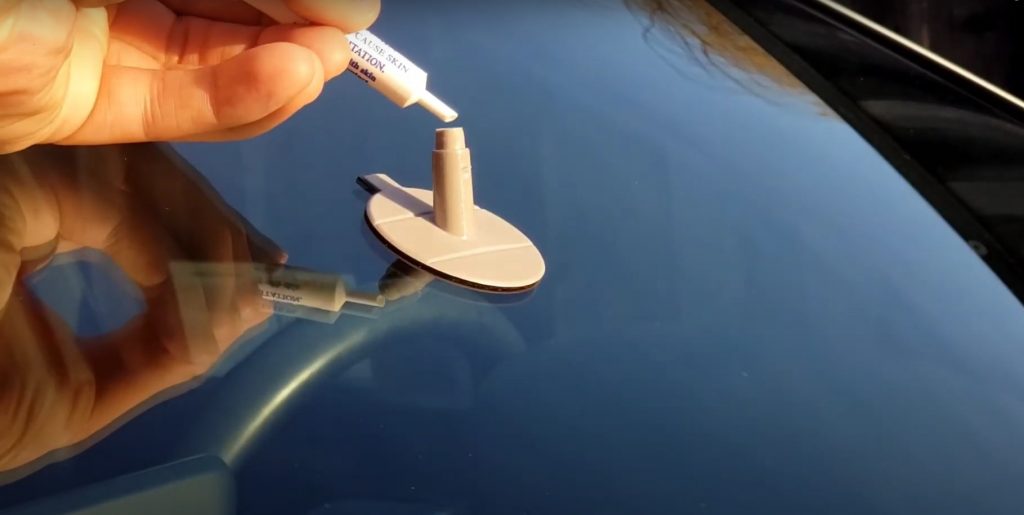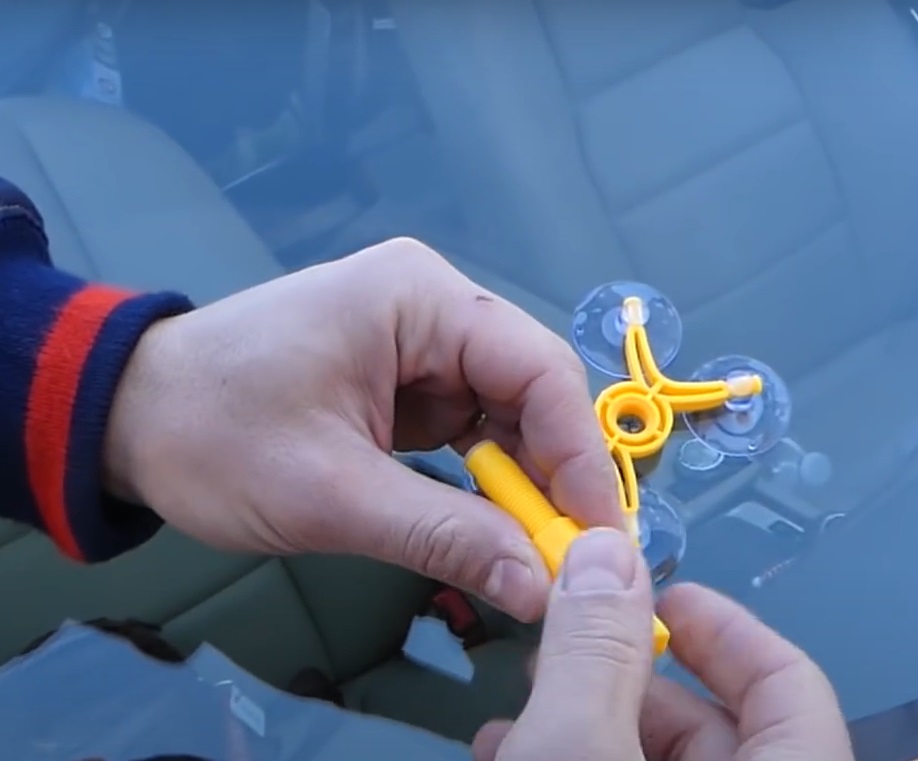
The pros and cons of using silicone sealant for Mercedes Windshield crack
It is important to fix this type of problem immediately in order to ensure the safety of the vehicle’s occupants and its integrity. However, it’s imperative for owners to fix this kind of problem right away in order to ensure the safety of the vehicle’s occupants and the auto’s integrity.
Since Mercedes-Benz cars are known for their advanced engineering and luxury, the stakes are even higher. In some cases, their owners resort to using silicone sealant as a quick fix for windshield cracks.
While this method has its advantages, it also poses significant risks that warrant careful consideration.
Pros of Using Silicone Sealant for Mercedes Windshield Crack
Using a silicone sealant presents a quick-fix solution to Mercedes windshield cracks. It is easy to apply without the need for special tools. It is also important to have a steady hands to ensure the sealant is applied correctly and to avoid wasting the solution. This is also necessary to avoid gaps during the process, which could potentially allow the accumulation of moisture, leaks, or further breaks.
Moreover, silicone sealant products are usually dirt cheap. A few dollars up to $10 can already buy a tube, making it a cost-effective or budget-friendly fix for a minor Mercedes windshield crack.
Cons and Risks of Relying on Silicone Sealants for Mercedes Windshield Cracks
Mercedes owners should only turn to this method as an alternative in emergency situations, especially when immediate access to a professional repair shop or service center is not possible. The silicone sealant is only a temporary fix and not a permanent one. The overall rigidity of the vehicle is weakened when the windshield cracks. Vibrations from the wind, uneven roads and extreme temperature fluctuations can also weaken the integrity. Over time, the quality of the silicone solution could also deteriorate, which could further worsen the problem.
Improper application of silicone sealant can leave smudges, streaks, or uneven surfaces, distorting visibility. This can become a safety hazard, especially at night or in adverse weather conditions.
Furthermore, Mercedes windshields often feature advanced technology, such as acoustic insulation, UV protection, and integrated sensors for features like rain detection. Silicone sealant may interfere with these components, causing malfunctions or reducing their effectiveness.
Lastly, using silicone sealant as a DIY repair may void insurance coverage for windshield damage. Insurance companies can also cancel warranties due to issues they can attribute directly to the issue. Insurers might classify it as improper maintenance, leaving the car owner liable for the full cost of professional repairs or replacement.
Recommendation
While using silicone sealant for windshield cracks in a Mercedes may seem like a convenient and cost-effective solution, it comes with significant risks. It is crucial to consider the potential for structural compromise, visibility issues, and interference with advanced vehicle systems.
While this remedy serves as an emergency fix, professional repair or replacement is the only reliable way to ensure safety and maintain the vehicle’s value. Mercedes vehicles are highly sophisticated and have high safety standards. Investing in professional solutions is the best way to address even minor cracks.


